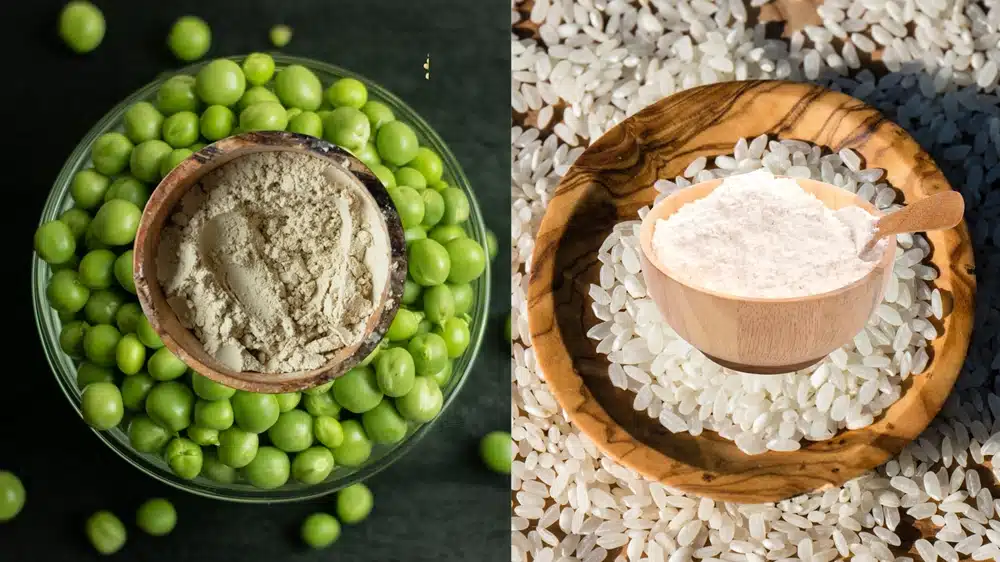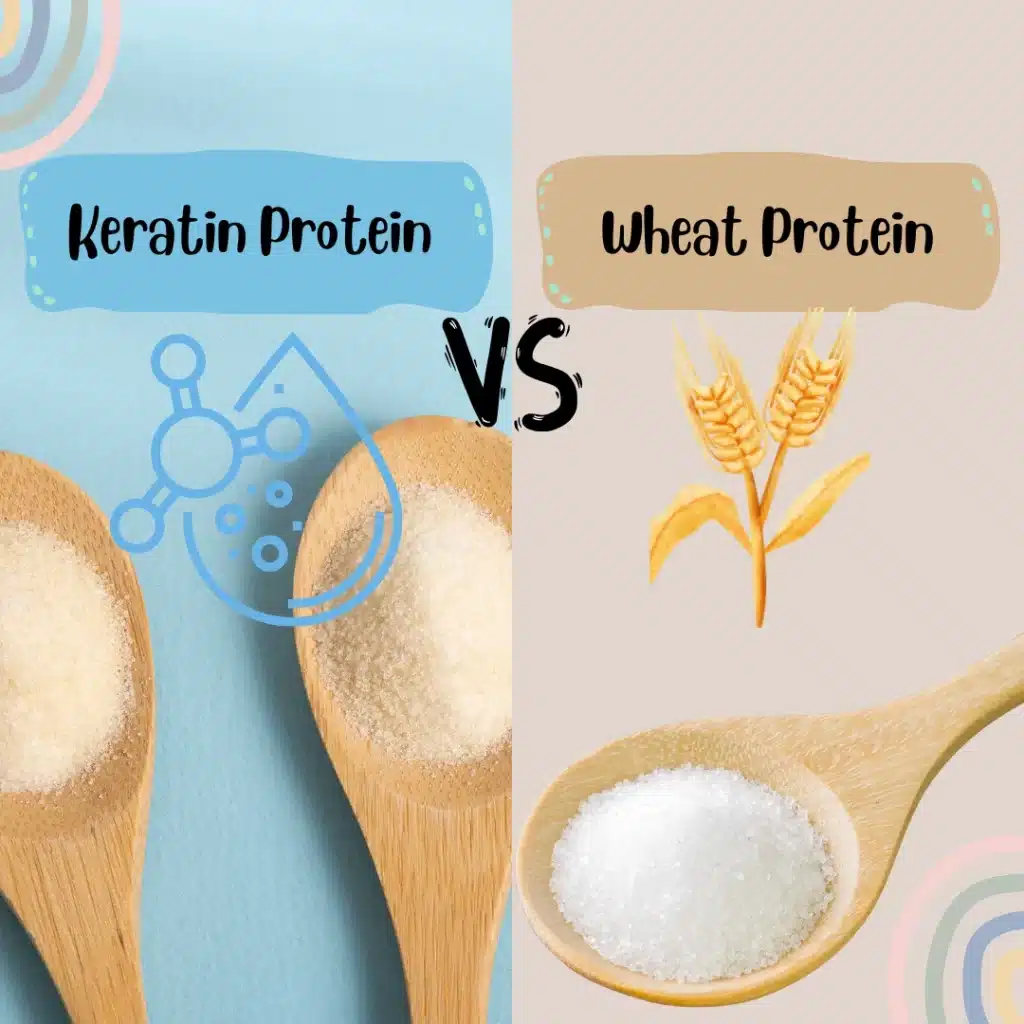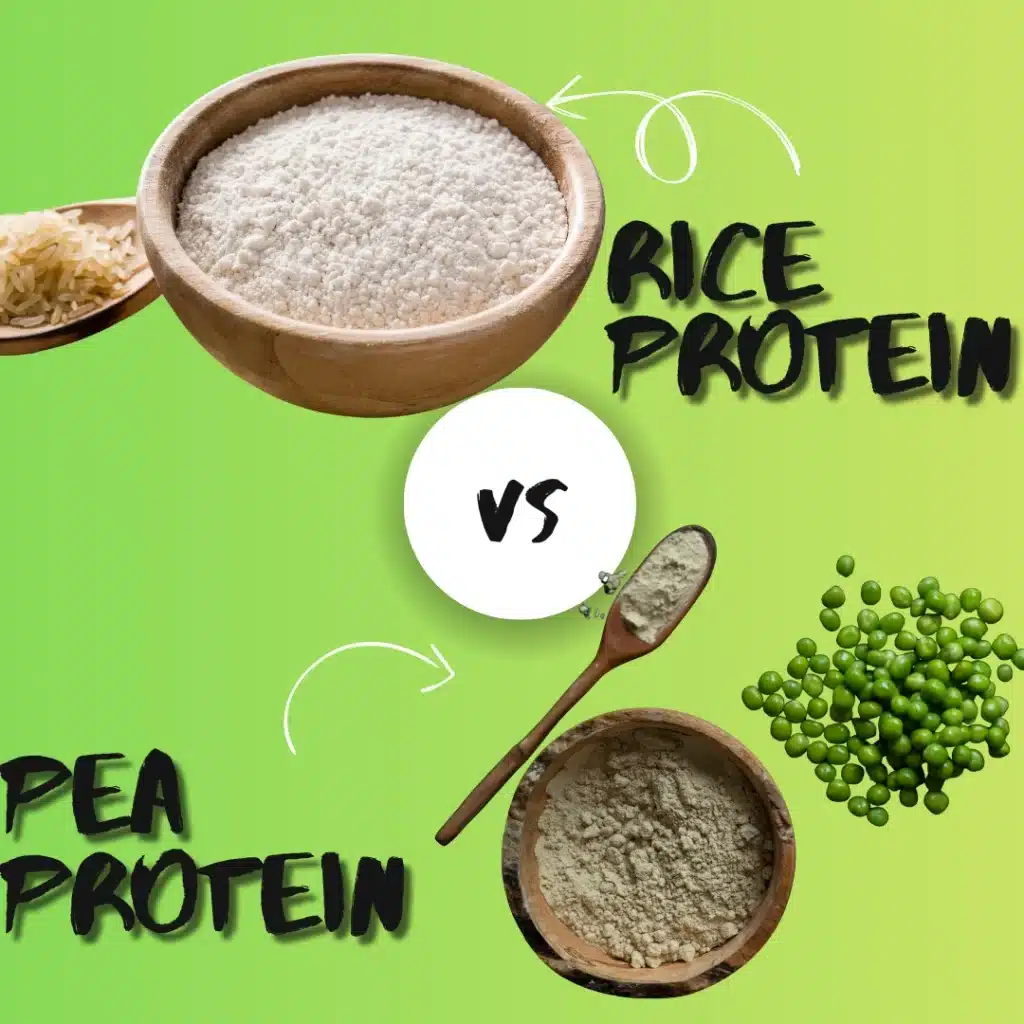
Unleash the power of plants with our Pea and Brown Rice Protein Powder. This isn’t just a supplement—it’s a scientifically crafted blend designed to provide a complete amino acid profile that fuels your body from the inside out. While other plant proteins fall short, our synergistic formula combines the best of both worlds, ensuring you get all the essential building blocks for muscle growth, recovery, and daily wellness. It’s the ideal, easy-to-digest solution for anyone looking to optimize their nutrition and embrace a plant-based lifestyle without compromise.
what is pea protein?
Pea protein is a high-quality, plant-based protein powder derived from yellow split peas. It is a popular alternative to animal-based proteins like whey or casein, making it an excellent choice for vegans, vegetarians, and individuals with dairy or soy allergies. The process of creating pea protein powder involves drying and grinding the peas into a fine flour, followed by a wet extraction process that separates the protein from starches and fibers. This results in a highly concentrated, easily digestible protein source that is rich in iron and other essential nutrients.
While peas themselves are not considered a “complete” protein due to a low content of the amino acid methionine, pea protein powder is generally considered a complete protein source because it contains all nine essential amino acids. It is also an excellent source of branched-chain amino acids (BCAAs), particularly arginine, which is crucial for muscle growth and recovery. Pea protein’s benefits extend beyond fitness, as studies suggest it may support heart health, aid in weight management by promoting satiety, and is a sustainable, eco-friendly protein source with a much smaller environmental footprint than animal agriculture.
What are the benefits of pea protein?

Pea protein has emerged as a powerhouse in the world of plant-based nutrition, offering a wide array of benefits for a diverse range of individuals. One of its most significant advantages is its high-quality amino acid profile. Unlike many other plant proteins, pea protein contains all nine essential amino acids that the body cannot produce on its own. While it is lower in the amino acid methionine compared to animal proteins like whey, this can be easily remedied by combining it with other plant sources (like brown rice protein) or by eating a well-rounded diet. This makes it an excellent, hypoallergenic alternative for vegans, vegetarians, and those with allergies or sensitivities to dairy and soy.
Beyond its amino acid content, pea protein offers several health benefits. It is a fantastic source of branched-chain amino acids (BCAAs), particularly arginine, which is vital for promoting blood flow, supporting heart health, and aiding in muscle growth and recovery. Pea protein’s ability to promote satiety, or a feeling of fullness, makes it an effective tool for weight management by helping to reduce overall calorie intake. Additionally, its high iron content provides a valuable boost for energy and endurance. Given its sustainable production and versatility in recipes, pea protein is a smart choice for anyone seeking a clean, effective, and environmentally conscious protein source.
what is brown rice protein?

Brown rice protein is a plant-based protein powder derived from whole grain brown rice. The process involves treating the rice with enzymes that separate the protein from the carbohydrates, resulting in a concentrated, high-protein powder. This makes it an excellent choice for a wide range of individuals, including vegans, vegetarians, and those with common food allergies or sensitivities to dairy, soy, or gluten. Brown rice protein is highly regarded for its hypoallergenic nature, as allergic reactions to it are very rare, making it a safe and gentle option for many people.
While brown rice protein is a powerful source of amino acids, it is considered an “incomplete” protein on its own because it is low in the essential amino acid lysine. This is why it is almost always paired with other protein sources that are rich in lysine, most notably pea protein. This combination is a perfect example of dietary synergy; the brown rice protein supplies ample amounts of sulfur-containing amino acids like methionine and cysteine, while the pea protein provides the missing lysine. Together, they create a complete and balanced amino acid profile that rivals animal-based proteins like whey, making it a highly effective and popular option for muscle building, recovery, and overall health.
Pea and brown rice protein powder: Are both incomplete proteins?
Yes, on their own, both pea protein and brown rice protein are considered incomplete proteins. While they both contain all nine essential amino acids, they have a deficiency in one or more, making them less effective for the body to use for muscle repair and growth compared to a complete protein source.
Pea Protein: Low in Methionine
Pea protein is a high-quality plant protein, but it is low in the essential amino acid methionine. While it contains all nine essential amino acids, the quantity of methionine is not high enough to be considered a complete protein for optimal bodily function.
Brown Rice Protein: Low in Lysine
Brown rice protein is the opposite; it is deficient in the essential amino acid lysine. Because of this, it is also not considered a complete protein on its own.
The Power of the Blend
This is why you almost always see them sold together. When combined, the amino acid profiles of pea protein and brown rice protein complement each other perfectly. The lysine-rich pea protein fills the gap in the brown rice protein, and the methionine in the brown rice protein makes up for the deficiency in the pea protein. Together, they create a balanced and complete protein source that is an excellent alternative to animal-based proteins like whey. This synergistic relationship provides the full spectrum of essential amino acids your body needs for muscle building, recovery, and overall health.
How do you use Pea and Brown Rice Protein Powder together?
Using pea and brown rice protein powder together is a fantastic way to get a complete, high-quality protein source. The most effective way to combine them is to find a product that has already pre-mixed the powders. Most reputable brands that sell a “plant-based protein blend” have done the work for you, creating a balanced ratio that ensures you’re getting all nine essential amino acids.
However, if you have separate containers of each powder, you can easily blend them yourself. A good general rule of thumb is to use a 70/30 or 60/40 ratio of pea protein to brown rice protein. This ratio is often recommended because pea protein has a more comprehensive amino acid profile, but the brown rice protein is crucial for providing the missing methionine.
Here are some popular ways to use the combined powder:
- Protein Shakes and Smoothies: This is the most common method. Simply add a scoop or two of the blended powder to your favorite shake recipe. It pairs well with fruits, vegetables, and plant-based milks.
- Baking: The powder can be easily incorporated into baked goods like muffins, pancakes, waffles, and cookies to boost their protein content.
- Oatmeal and Cereal: Stir a scoop of the powder into your morning oatmeal or a bowl of cereal for a protein-rich start to the day.
- Snack Bars and Energy Bites: You can use the blended powder as a binder and protein source for homemade energy bars or protein balls.
- Savory Dishes: Unflavored versions can be mixed into soups, stews, or even homemade hummus for a subtle protein boost.
Pea vs Brown Rice Protein Powder: Comparison Chart
| Feature | Pea Protein Powder | Brown Rice Protein Powder |
| Source | Yellow split peas | Whole grain brown rice |
| Complete Protein? | No, low in methionine | No, low in lysine |
| Amino Acid Profile | Rich in BCAAs, high in lysine and arginine. | High in sulfur-containing amino acids (methionine and cysteine). |
| Ideal For… | Muscle growth, promoting satiety, and heart health. | Gentle digestion, weight management, and those with multiple allergies. |
| Allergies | Hypoallergenic, but should be avoided by those with a legume allergy. | Highly Hypoallergenic, very rare to cause allergies. |
| Digestibility | Highly digestible, on par with animal-based proteins like whey. | Gentle on the stomach, though some find it slightly less digestible than pea protein. |
| Texture & Flavor | Earthy, often described as “beany” or “grassy.” Tends to be a bit thicker. | Neutral, mild, and slightly grainy. Blends well without overpowering other ingredients. |
| Why the Blend? | When combined, they form a complete protein with a balanced amino acid profile that rivals animal-based protein sources. | When combined, they form a complete protein with a balanced amino acid profile that rivals animal-based protein sources. |
conclusion
Embrace the next generation of plant-based nutrition with our Pea and Brown Rice Protein Powder. This expertly formulated blend is more than just a dietary supplement ingredient; it’s a complete, synergistic fuel source designed to optimize your health and performance. The science behind this powerful pairing ensures you get all the essential amino acids your body needs, in a form that’s easy to digest and perfect for a clean, active lifestyle.
For brands and businesses looking to enter or expand in the wellness market, this product represents a gold-standard opportunity. As a premier dietary supplements OEM manufacturer, GENSEI company offers comprehensive solutions from formulation to high-volume powder manufacturing. We help you bring exceptional, market-ready products to life, ensuring the highest standards of quality, safety, and efficacy. Partner with us to deliver on the promise of “Fuel Your Plant Power” and meet the growing consumer demand for superior, plant-based supplements.
FAQs
Is brown rice protein powder better than pea protein powder?
Neither is inherently “better” on its own. They have different amino acid profiles. Pea protein is rich in lysine, while brown rice protein is high in methionine. They are best used together to create a complete protein.
Is there a downside to pea protein?
The main downside is its low level of the amino acid methionine. It can also have a distinct “beany” or earthy flavor that some people may not prefer.
What is the healthiest protein powder to use?
The healthiest protein powder depends on your individual needs. For a plant-based, complete protein that is easy to digest and hypoallergenic, a blend of pea and brown rice protein is an excellent choice.
Is pea and rice protein safe?
Yes, they are generally very safe. Both are hypoallergenic and free from common allergens like dairy, soy, and gluten, making them suitable for most people.
Is pea protein good for weight loss?
Yes. Pea protein can help with weight loss by promoting a feeling of fullness, which can reduce overall calorie intake.
Can I drink pea protein every day?
Yes, you can safely consume pea protein daily to help meet your protein needs.
Can I gain muscle with pea protein?
Yes, you can. Studies show that pea protein is effective for gaining muscle and can be just as effective as whey protein for muscle growth.



